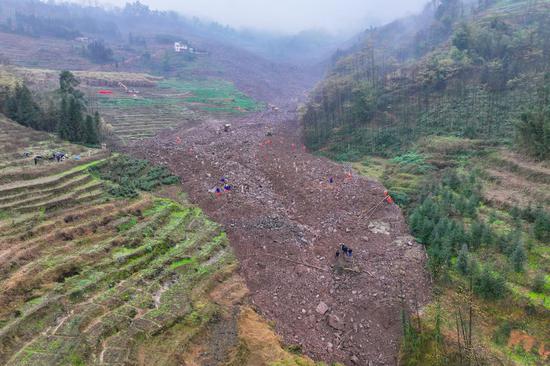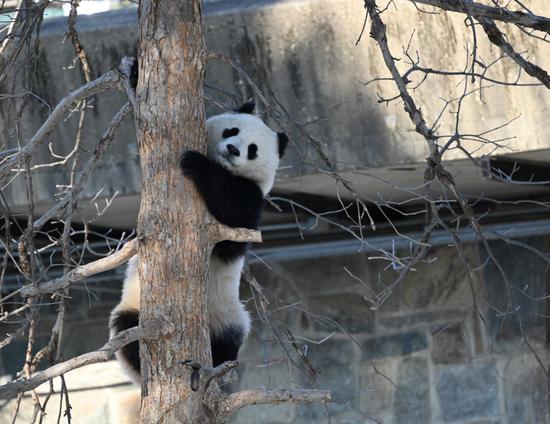La Nina conditions in the central and eastern equatorial Pacific Ocean have contributed significantly to reduced rainfall across southern China this winter, meteorologists said.
The phenomenon, characterized by cooler-than-average sea surface temperatures, is expected to persist through early-to-mid spring before weakening to a neutral state, according to the latest monitoring data from the National Climate Center of the China Meteorological Administration.
Since the onset of winter, southern China has experienced a sharp decline in precipitation, with most regions in provinces such as Jiangsu, Fujian, Guangdong, Yunnan and Hainan recording rainfall levels more than 80 percent below average. Nationwide, average precipitation has dropped by over 50 percent compared to normal levels, according to the administration.
"La Nina is a major factor behind the current dry conditions in southern China," said Gu Wei, a researcher at the center. "It alters atmospheric circulation patterns over the northwestern Pacific, reducing the flow of warm, moist air into southern China and leading to prolonged periods of low rainfall."
La Nina and its counterpart, El Nino, occur in cycles lasting between two and seven years, shifting oceanic and atmospheric conditions in the Pacific. La Nina occurs when stronger trade winds push warm surface waters toward the western Pacific, allowing cooler waters to rise in the eastern Pacific.
This disruption influences global weather patterns, causing droughts in regions such as parts of South America and Africa while increasing rainfall in areas such as eastern Australia and India.
In China, La Nina typically brings cooler winters and alters summer rainfall patterns the following year, often leading to drought in the south and flooding in the north, Gu said.
According to China's meteorological standards, La Nina is identified when the three-month moving average of sea surface temperatures in key monitoring areas drops more than 0.5 C below the long-term climate average.
The current La Nina pattern, which began in December, is expected to last one to two months, with its influence likely to persist through the spring.
"Although this La Nina event is relatively short, its impacts may linger, affecting weather patterns for at least one to two subsequent seasons," Gu said.
A full-fledged La Nina event is declared when the pattern lasts for more than five months, according to the meteorological administration.
Since 1986, China has recorded La Nina conditions in 15 years, with 10 of them associated with colder-than-average winters. However, global warming has complicated this trend in recent years, as the winters of 2021 and 2022 were notably warmer, Gu said.
zhaoyimeng@chinadaily.com.cn


















































 京公網(wǎng)安備 11010202009201號(hào)
京公網(wǎng)安備 11010202009201號(hào)